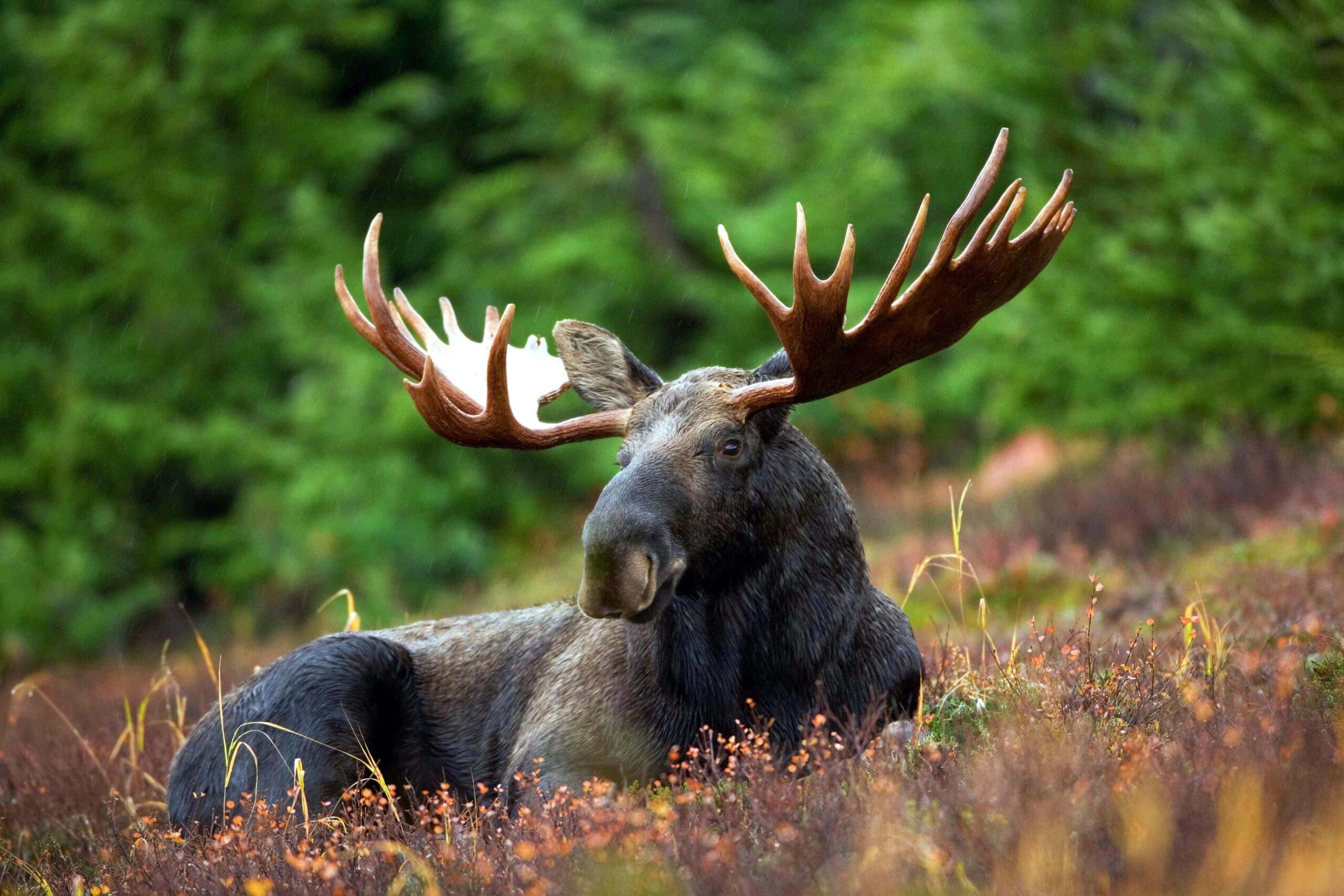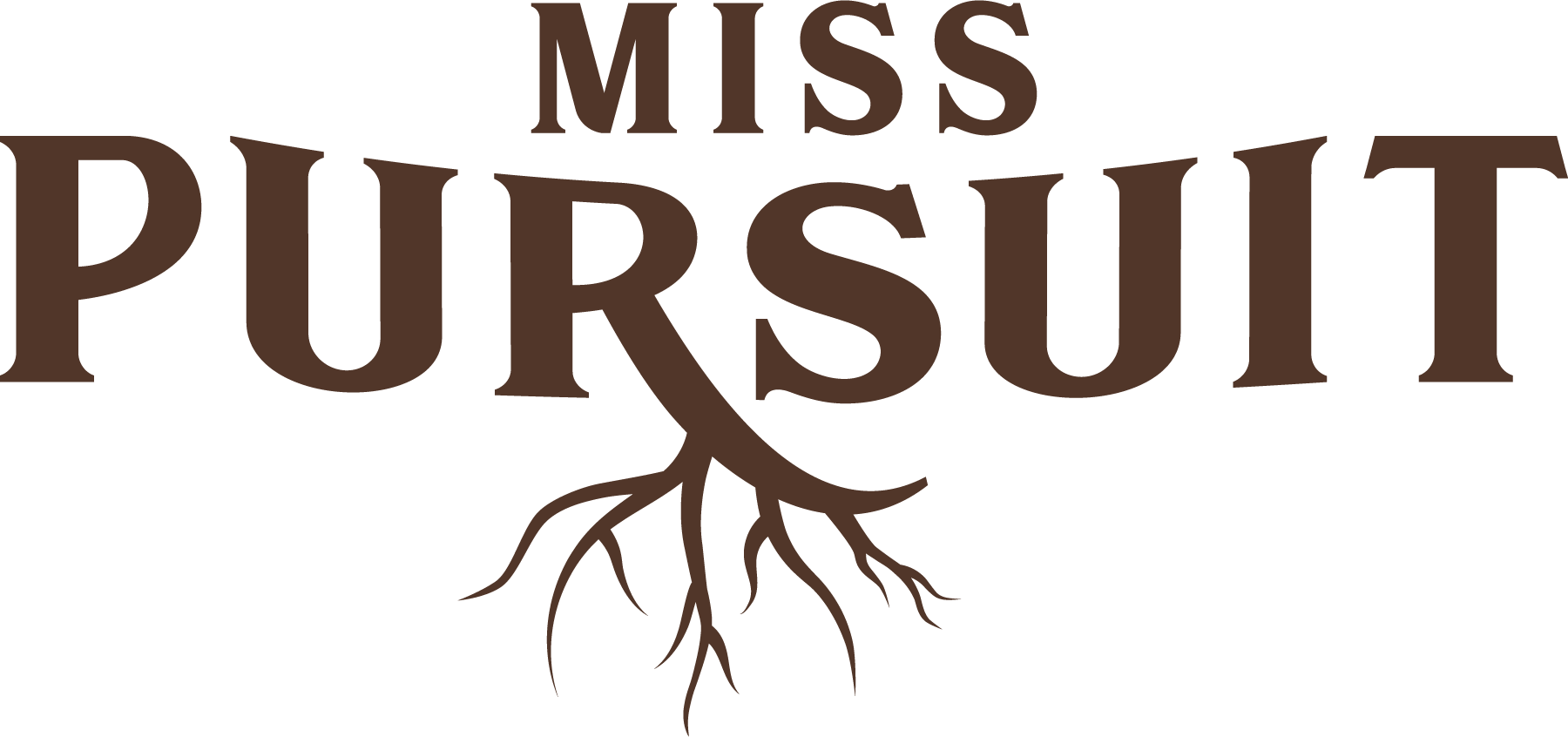Moose are fascinating creatures that have captured the attention of many wildlife enthusiasts. As the largest member of the deer family, they are known for their impressive size and majestic appearance. But just how big are moose? In this article, I will explore the size of moose and provide some interesting facts about these impressive creatures.

Moose are native to North America, Europe, and Asia, and can be found in a variety of habitats including forests, swamps, and tundra. While the average size of a moose can vary depending on the subspecies and location, male moose (known as bulls) are typically larger than female moose (known as cows). Bulls can weigh up to 1500 pounds and stand up to 7 feet tall at the shoulder, while cows are slightly smaller, weighing up to 1200 pounds and standing up to 6 feet tall at the shoulder.
Despite their massive size, moose are surprisingly agile and can run at speeds of up to 35 miles per hour. With their impressive antlers and distinctive appearance, moose are truly one of the most iconic animals in the world. So, if you're curious about just how big these creatures can get, read on to learn more about the size and characteristics of moose.
Physical Characteristics of Moose
As an expert in the field of wildlife, I am confident in saying that Moose are the largest members of the deer family, and their physical characteristics are truly impressive. In this section, I will cover the size and weight, antlers and their role, and distinct features of Moose.
Size and Weight
Moose are known for their massive size and weight. Bulls, which are male Moose, can weigh up to 1500 pounds, while cows, which are female Moose, can weigh up to 1000 pounds. The shoulder height of a Moose can range from 5 to 7 feet, and they have long legs that allow them to move through deep snow with ease. In terms of length, Moose can reach up to 10 feet from head to tail.
Antlers and Their Role
One of the most distinct features of a Moose is their antlers. Only bulls have antlers, which can grow up to 6 feet in width and weigh up to 40 pounds. The antlers are used primarily for fighting during the breeding season, also known as the rut. The size and shape of the antlers can also indicate the age and health of the Moose.
Distinct Features
Moose have several distinct features that set them apart from other animals. One of these features is their long, broad nose, which is used to warm and humidify the air they breathe in during the cold winter months. They also have a distinctive “bell” or flap of skin that hangs from their throat, which is used to communicate with other Moose. Additionally, their tails are short and stubby, measuring only 5 to 6 inches in length.
In conclusion, Moose are truly remarkable animals with impressive physical characteristics. From their massive size and weight to their distinctive antlers and features, Moose are a fascinating species that deserve our admiration and respect.
Moose Habitat and Distribution
As a wildlife enthusiast, I have always been fascinated by the habitat and distribution of moose. These majestic animals are found in various parts of the world, including Canada, Alaska, and the Yukon. In this section, I will explore the geographical range of moose and their adaptation to different environments.
Geographical Range
Moose, scientifically known as Alces alces, are the largest members of the deer family. They are divided into three subspecies: the Western moose, Eastern moose, and Shiras moose. The Western moose is the largest of the three and is found in Alaska and Canada. The Eastern moose is found in the eastern part of Canada and the United States, while the Shiras moose is found in the Rocky Mountains.
Moose are primarily found in forests, but they can also be found in wetlands and swamps. In the United States, moose are found in Wyoming and other states with similar habitats. Moose are known for their adaptability to different environments, which is why they can be found in diverse habitats.
Adaptation to Environments
Moose are well adapted to their environments, which allows them to thrive in various habitats. For instance, their long legs and large hooves allow them to navigate through deep snow, while their broad noses help them to warm the air they breathe before it reaches their lungs. Moose also have a unique digestive system that allows them to extract nutrients from low-quality food.
In conclusion, moose are fascinating animals that have adapted to various environments. Their geographical range covers Canada, Alaska, and the United States, and they are primarily found in forests. With their unique adaptations, moose are able to thrive in different habitats and continue to be an important part of our wildlife.
Behavior and Lifestyle
As a moose, I am a solitary animal and prefer to spend most of my time alone. However, during the mating season, I become more social and seek out a mate.
Reproduction and Mating Season
The mating season for moose occurs in the fall, typically between September and October. During this time, males become more aggressive and territorial, often engaging in fights with other males for the right to mate with females. Once a male has successfully mated, he will move on to find another female. Females will give birth to one or two calves in the spring after a gestation period of around 8 months.
Diet and Foraging
As a herbivore, I mainly feed on shrubs, aquatic plants, and other vegetation. I have a four-chambered stomach that allows me to digest tough plant material. During the winter months when food is scarce, I use my large size to my advantage and dig through the snow to access buried vegetation.
Predators and Threats
As a large mammal, I have few natural predators. However, wolves and bears are known to prey on moose calves. In addition, humans are a significant threat to my population through hunting and habitat destruction. Moose hunting is regulated in many areas to ensure sustainable populations.
Moose Interaction with Humans
As majestic and impressive as moose are, they can also pose a danger to humans. Understanding how to interact with moose and minimize potential conflicts is crucial for both human safety and moose conservation.
Conservation and Management
Moose populations are managed and conserved by wildlife agencies in North America. Hunting is regulated to maintain healthy populations and prevent overpopulation, which can lead to habitat destruction and disease. Moose hunting is a popular activity for many hunters, but it is important to follow regulations and guidelines to ensure sustainable hunting practices.
Moose and Human Encounters
Moose and human encounters can be dangerous, especially during mating season (September-October) and calving season (May-June). Moose can become aggressive if they feel threatened or cornered, so it is important to give them plenty of space and avoid surprising them. Here are some tips for staying safe around moose:
- Stay at least 50 feet away from moose.
- Never approach a moose calf, as the mother may become aggressive.
- If a moose charges, run away in a zigzag pattern to make it harder for the moose to follow.
- If a moose knocks you down, curl into a ball and protect your head with your hands.
By following these guidelines and respecting moose as wild animals, we can minimize conflicts and ensure their continued survival in the wild.
Frequently Asked Questions
What is the average size of a full-grown moose?
The average size of a full-grown moose varies depending on the subspecies and gender. However, a male moose, also known as a bull, can stand up to 6.5 feet tall at the shoulder and weigh up to 1,500 pounds. A female moose, also known as a cow, is typically smaller, standing around 5.5 feet tall and weighing up to 800 pounds.
How does the size of a moose compare to that of an elephant?
While both moose and elephants are large animals, elephants are significantly larger. On average, elephants can weigh up to 14,000 pounds and stand up to 13 feet tall at the shoulder. Moose, on the other hand, are much smaller, with bulls weighing up to 1,500 pounds and standing up to 6.5 feet tall at the shoulder.
What is the weight range for an adult moose?
The weight range for an adult moose can vary depending on the subspecies and gender. Bulls can weigh anywhere from 800 to 1,500 pounds, while cows typically weigh between 500 and 800 pounds.
How tall can a moose stand?
A moose can stand up to 6.5 feet tall at the shoulder, with males typically being larger than females.
What are the dimensions of the largest moose ever recorded?
The largest moose ever recorded was a male Alaskan moose that stood 7.6 feet tall at the shoulder and weighed 1,800 pounds.
How expansive can moose antlers grow?
Moose antlers can grow to be quite large, with some reaching up to 6 feet wide and weighing up to 40 pounds. However, the size of the antlers can vary depending on the age and health of the moose, as well as the subspecies.
